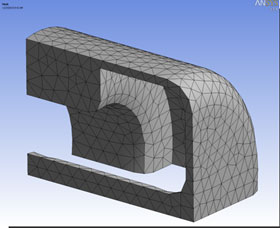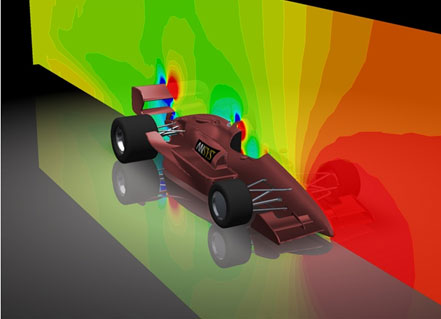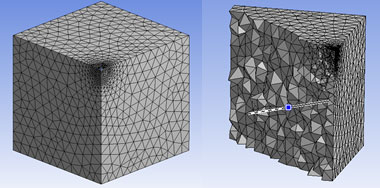In our previous post we discussed the importance of geometry preparation, utilising the ANSYS Global Mesh Control settings and the best use of the ANSYS Meshing Advanced Size Functions. We will now focus on the ability to target specific areas of the mesh for additional refinement and mesh control, which is recommended for intermediate to advanced users. [box] By using these explicit sizing controls, the resolution of the geometry can be accurately captured and we can ensure that we accurately resolve any high gradient areas in the flow, such as a wake or separation/recirculation zones.[/box] As you would expect, in addition to the automated settings, ANSYS Meshing provides users with as much additional control as they desire: with the option to specify combinations of...
Archives
Tips & Tricks: Global Meshing Controls in ANSYS

Welcome to the first in LEAP's series of CFD Tips & Tricks blogs. The topics for this first series of blog entries will focus on the selection of efficient and appropriate meshing methods, mesh sizing and mesh controls in ANSYS Workbench Meshing. Meshing is one of the most important influences on CFD simulation accuracy, although it does not necessarily need to be the most time intensive. In our experience, our ANSYS CFD customers become more confident and efficient with meshing as they gain a better understanding of the importance of certain mesh settings and the likely effect of these settings on final solution accuracy. Where to start? After defining your project scope and the key variables of interest (either geometric and/or boundary/operational conditions), the first step...
How the top Formula One (F1) teams stay on the podium

You may already know that Computational Fluid Dynamics (CFD) is currently used by all Formula One teams as part of their ongoing development for their aerodynamics and cooling packages. Since the technologies pioneered in F1 car development regularly flow through into other engineering industries, we felt that a post on this topic was the perfect way to launch LEAP's CFD blog. [box type="info"] In recent years, CFD has become a tool that is no longer just a complement to F1 team's sophisticated wind tunnel and track testing equipment, but an indispensable tool for the top teams to gain that extra competitive advantage. In this post, we will focus on why and how this powerful technology is used by Formula One teams today, as well...

